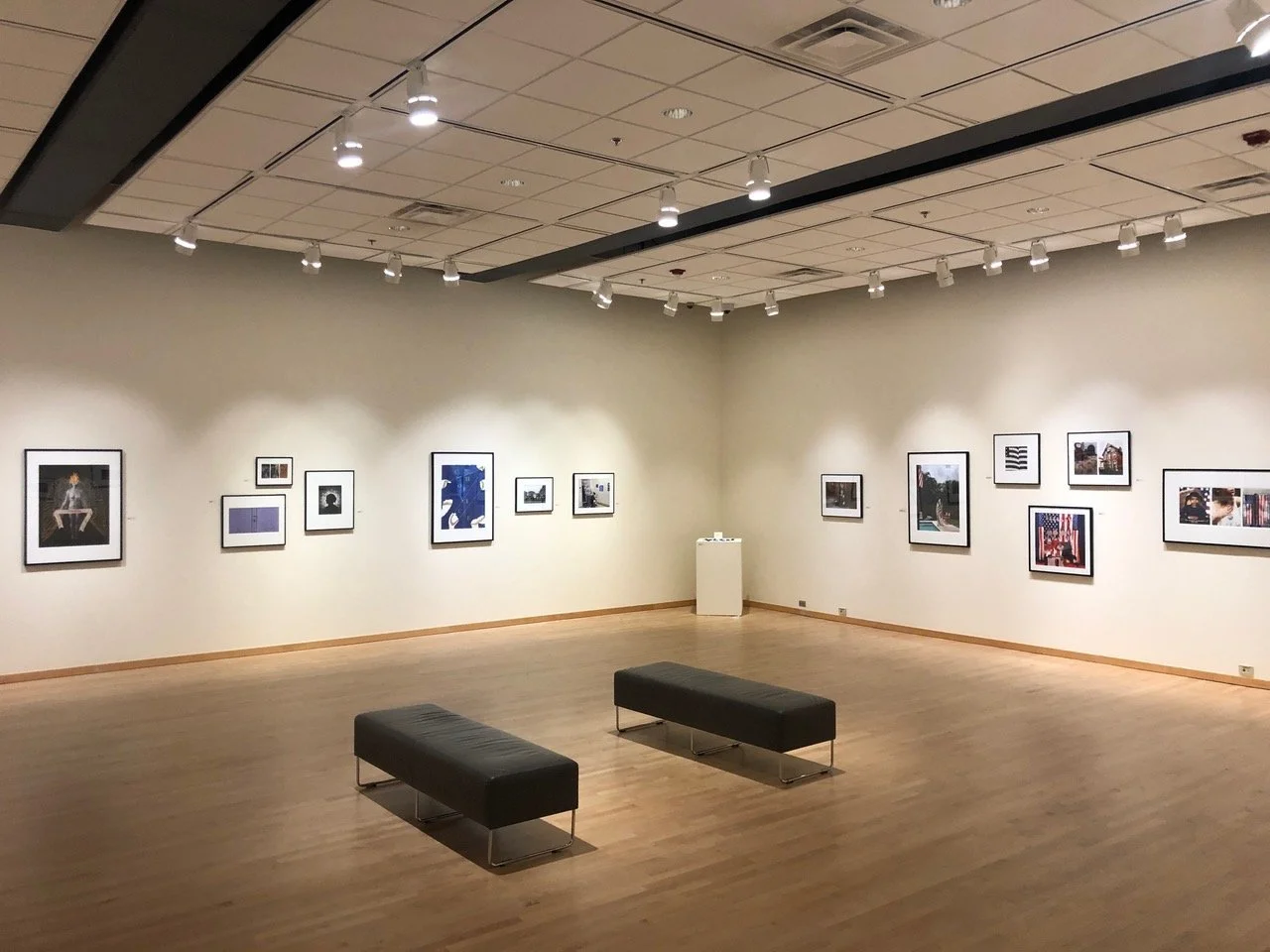The Blog
Networking is an invaluable tool for artists seeking gallery representation. It’s not just about knowing people; it's about creating meaningful relationships that can open doors to newopportunities. In the art world, where personal connections often play a significant role, networking can provide you with insights, feedback, and introductions to key figures.
Before submitting your work to any gallery, it's essential to conduct thorough research. Every gallery has a unique style, audience, and set of expectations. By understanding the types of art they represent, you can determine whether your work aligns with their vision and increases your
chances of acceptance.
The art gallery landscape is diverse, comprising various types of galleries that cater to different art forms and clientele. Traditional brick-and-mortar galleries, online galleries, and pop-up galleries each have their own unique dynamics and audience expectations.
Before you start assembling your portfolio, it's crucial to understand who your audience is and what the purpose of the portfolio will be. Are you presenting your work to gallery owners, potential clients, or art school admissions committees? Each of these audiences will have different expectations and preferences.
Before approaching any gallery, it's crucial to understand what drives them. Each gallery has its own mission and vision, which often reflects in the type of art they display and the artists they represent. Spend time researching and visiting galleries to get a sense of their style and focus.
Aligning your art with the gallery's mission can significantly increase your chances of beingrepresented. When a gallery sees that your work resonates with their goals, they're more likely to take an interest in your portfolio.
To understand Dan Sackheim and his photos, you have to embrace the mysteries of the night — its quiet terror and haunting beauty — and imagine the things you can’t see.
“It’s what’s in the shadows that I’m drawn to,” said Sackheim, a Los Angeles television and film producer who has applied his visual and storytelling skills to photography to create cinematic images inspired by the film noir genre.
Photography, the art of freezing moments, has become a universal language. With the advent of digital cameras and smartphones, almost everyone can try their hand at photography.
So if you want to stand out, joining a contest is the best way you can showcase your talent. You need more than just a camera and an eye for a good shot to get a photo contest win.
One of the best ways to beat the winter blues is through creativity. Have you ever tried your hand at winter landscape photography? The interplay of snow, ice, and soft winter light creates a magical atmosphere that can be both challenging and rewarding to capture.
Recently I judged the photography competition for the Minnesota State Fair Fine Arts Exhibit. As the sole judge in the photo category this was an overwhelming task with over 1,100 entries that needed to be narrowed down to just 107.
If you’re a photographer who wants to build a following for your photos, try posting a failure, such as a bad print, on social media. But don’t stop there. Share how you turned that rejected print into one you really like, one that represents your personal vision or “fingerprint.”












